Discover the raw, unapologetic beauty of London’s iconic Brutalist architecture on this captivating walking tour. Led by knowledgeable guides, you’ll explore the city’s most dramatic concrete landmarks – from the National Theatre’s towering cantilevers to the Southbank Centre’s geometric forms. Along the way, you’ll uncover the fascinating history behind concrete’s prominence in post-war London and how global influences shaped this distinctive architectural style. With ample photo opportunities, you’ll witness the interplay of light, shadow, and geometric patterns that make these imposing structures so visually striking. Get ready to see the city through a new lens and gain a deeper appreciation for London’s architectural evolution.
Key Points
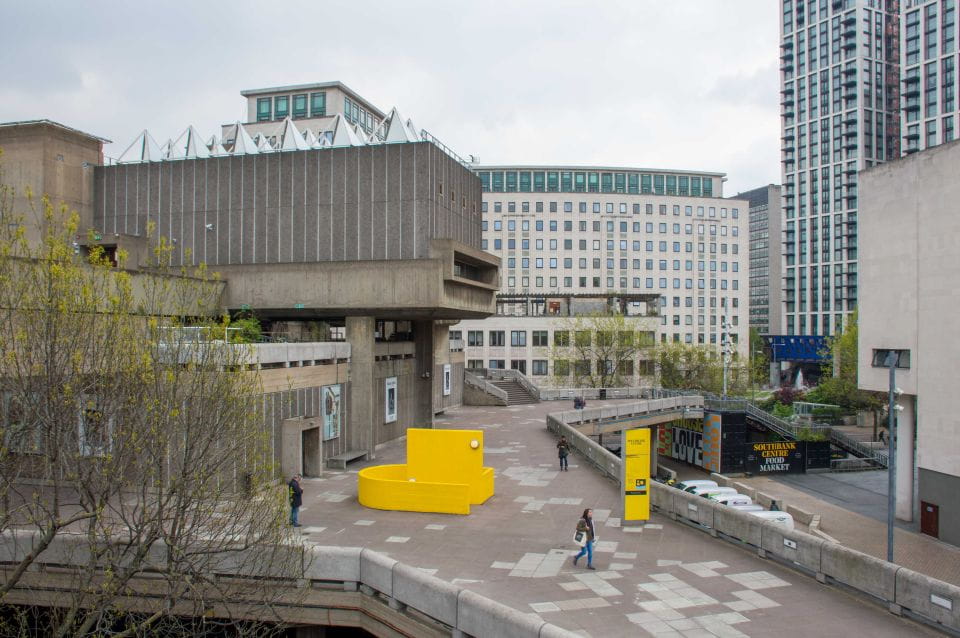
- This 2.5-hour walking tour in Central London explores the city’s Brutalist architectural legacy, highlighting iconic buildings like the National Theatre and Southbank Centre.
- Knowledgeable guides lead the tour, providing insights into the history, global influences, and innovative use of materials that shaped the Brutalist aesthetic in London.
- Participants will have opportunities to photograph the imposing, geometric concrete structures and learn about the pivotal role of concrete in London’s post-WWII architectural evolution.
- The tour starts at Russell Square Underground Station, offering convenient access via public transportation, and is not recommended for those with mobility impairments.
- Weather conditions are closely monitored, and the tour may be postponed or canceled in case of unfavorable weather to ensure the safety and comfort of all attendees.
Tour Overview

This walking tour offers visitors a unique opportunity to discover London’s striking Brutalist architectural legacy. Led by knowledgeable guides, the 2.5-hour experience takes participants on an immersive journey through Central London, showcasing some of the city’s most iconic Brutalist buildings and exploring the history and global influences that shaped this influential post-war design movement.
Whether you’re an architecture enthusiast or simply curious about this distinctive style, the tour promises an engaging and eye-opening exploration of the capital’s Brutalist landscape. Participants will have the chance to take photos of these imposing concrete structures and learn about the innovative use of materials that defined the Brutalist aesthetic.
If you're enjoying exploring London on foot, you'll love these other walking tours we recommend
Brutalist Architecture Highlights
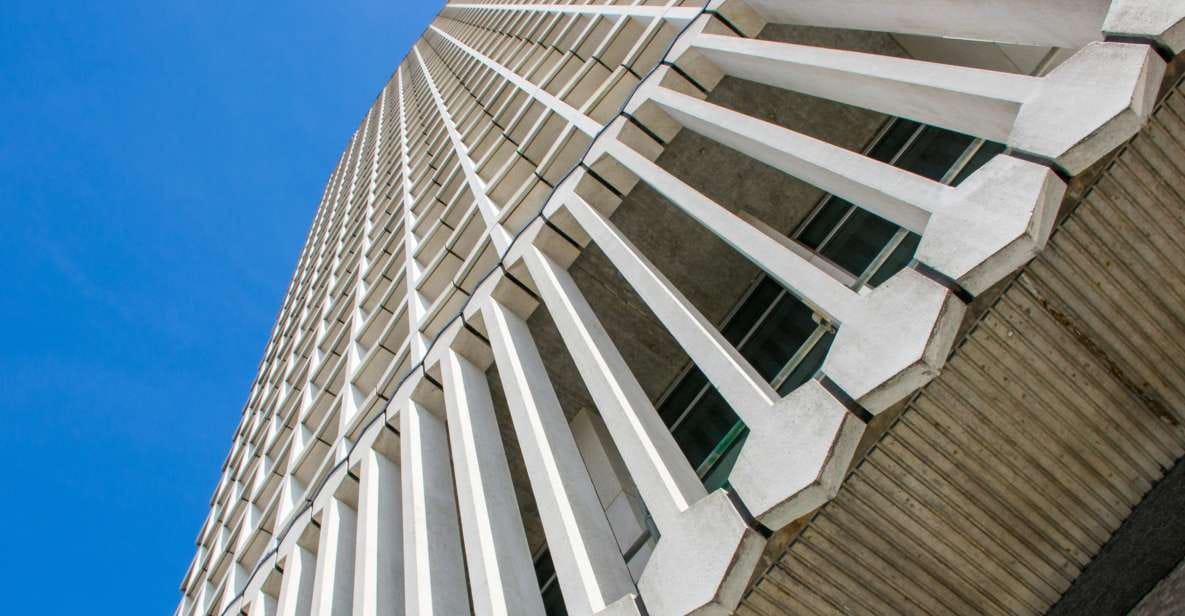
The tour takes visitors on a captivating exploration of some of London’s most iconic Brutalist buildings, showcasing the raw, uncompromising elegance that defines this architectural style. Along the way, guests will marvel at the National Theatre, with its striking concrete forms and dramatic cantilevers, as well as the imposing Southbank Centre, a brutalist masterpiece that dominates the skyline. The tour also highlights the iconic Barbican Estate, a sprawling residential and arts complex renowned for its bold, geometric design and innovative use of materials. Through these examples, the tour imparts a deep appreciation for the power and innovation of Brutalist architecture.
| Building | Architectural Highlights | Historical Significance |
|---|---|---|
| National Theatre | Dramatic cantilevers, exposed concrete forms | Landmark of the South Bank cultural complex |
| Southbank Centre | Towering, geometric concrete structures | Major arts and entertainment venue |
| Barbican Estate | Bold, modular design, innovative use of materials | Influential example of post-war urban renewal |
History of Concrete in London
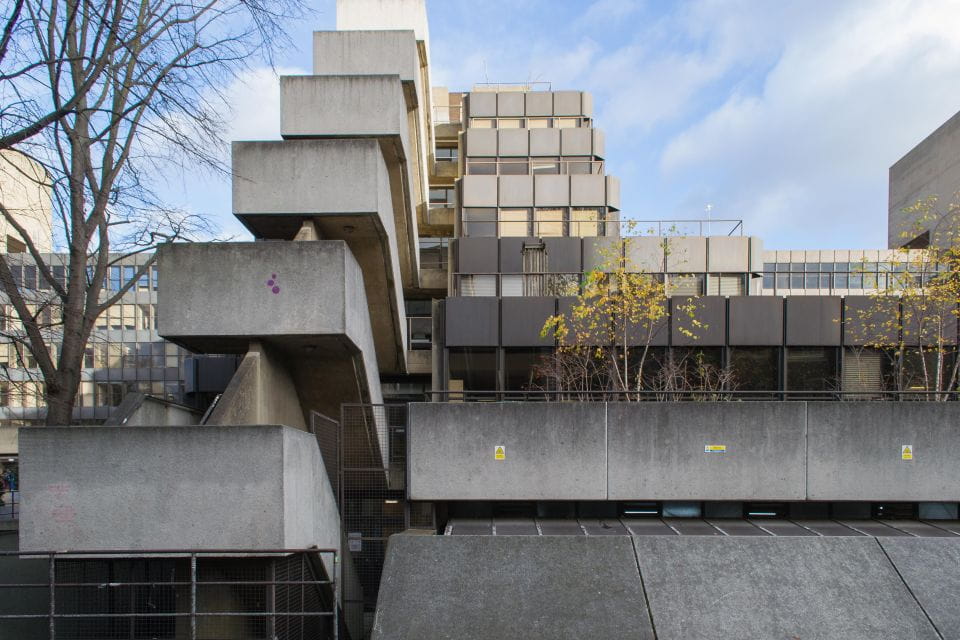
Although concrete had been used in construction for centuries, its prominence in London’s architectural landscape truly blossomed in the post-World War II era, as the city grappled with the immense task of rebuilding and modernizing its urban fabric.
Faced with the need for cost-effective, durable, and versatile building materials, architects and engineers turned to concrete, which allowed them to create bold, sculptural forms that departed from the classical styles of the past.
This embrace of concrete as a medium of expression was further fueled by the rise of Brutalism, a movement that celebrated the raw, unfinished aesthetic of the material and its ability to convey a sense of strength and honesty.
As a result, London’s skyline was dramatically transformed, with iconic Brutalist structures like the National Theatre and the Barbican now standing as lasting testaments to concrete’s pivotal role in the city’s architectural evolution.
Influential Global Events
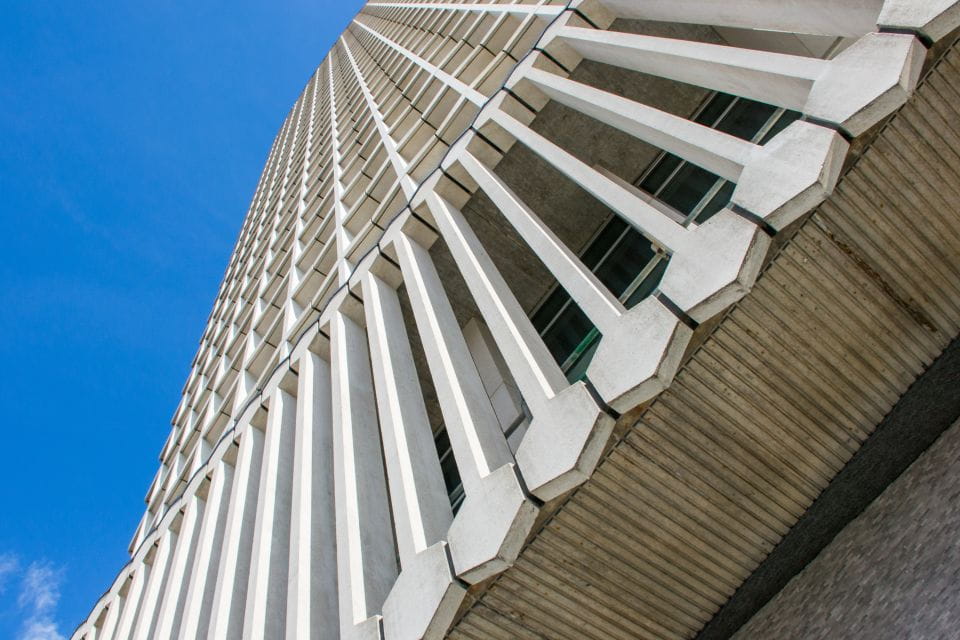
Alongside concrete’s rising prominence in London’s architectural landscape, a series of influential global events also helped shape the city’s post-war building practices and aesthetic preferences.
The devastation of World War II prompted a need for rapid, cost-effective reconstruction, leading to the embrace of Brutalist architecture’s uncompromising use of raw concrete.
Meanwhile, the Cold War’s geopolitical tensions fueled a desire for imposing, fortress-like structures that projected strength and authority.
Plus, the social upheaval of the 1960s inspired a move towards more functional, egalitarian buildings that challenged traditional notions of architectural grandeur.
These global currents converged to make Brutalism the dominant design language in London’s urban renewal, leaving an indelible mark on the city’s built environment.
Photographing Brutalist Landmarks
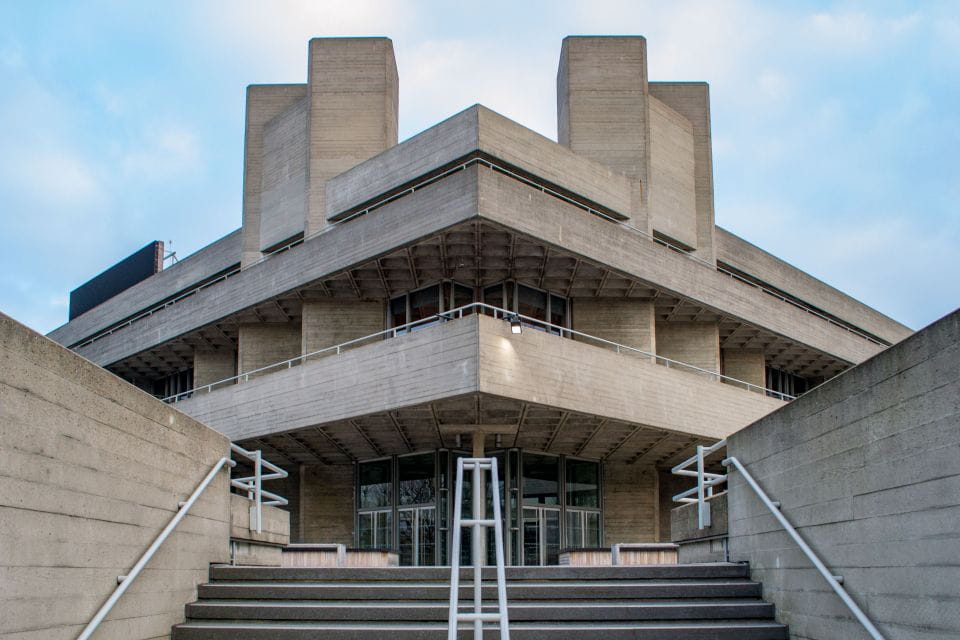
Capturing the raw, unapologetic essence of Brutalist architecture through the lens is a captivating endeavor that rewards patient, thoughtful composition.
Brutalist buildings, with their striking geometric forms and uncompromising use of concrete, present a unique photographic challenge that demands an eye for detail and an appreciation for the inherent beauty in utilitarian design.
Tour you will have ample opportunities to photograph the National Theatre, with its iconic cantilevered boxes, as well as other renowned landmarks like the Barbican Centre and the Brunswick Centre.
The interplay of light and shadow, the play of geometric patterns, and the sheer scale of these imposing structures all contribute to a visually stunning photographic experience that will leave a lasting impression on both amateur and seasoned shutterbugs.
Fascinated by London's past? More historical tours we've covered
Meeting Point and Transportation
The tour begins outside Russell Square Underground Station on the Piccadilly Line, a convenient starting point that allows participants to easily access the tour via public transportation.
Participants need to have enough credit on their Oyster or contactless payment cards to cover a one-way tube journey within Zone 1, as the cost of public transportation is included in the tour.
This accessible location ensures that attendees can seamlessly join the excursion and enjoy the exploration of London’s iconic Brutalist architecture.
With the underground station just steps away, the tour provides a hassle-free experience, allowing guests to focus on appreciating the city’s striking post-war buildings and learning about their captivating history.
Tour Accessibility and Policies
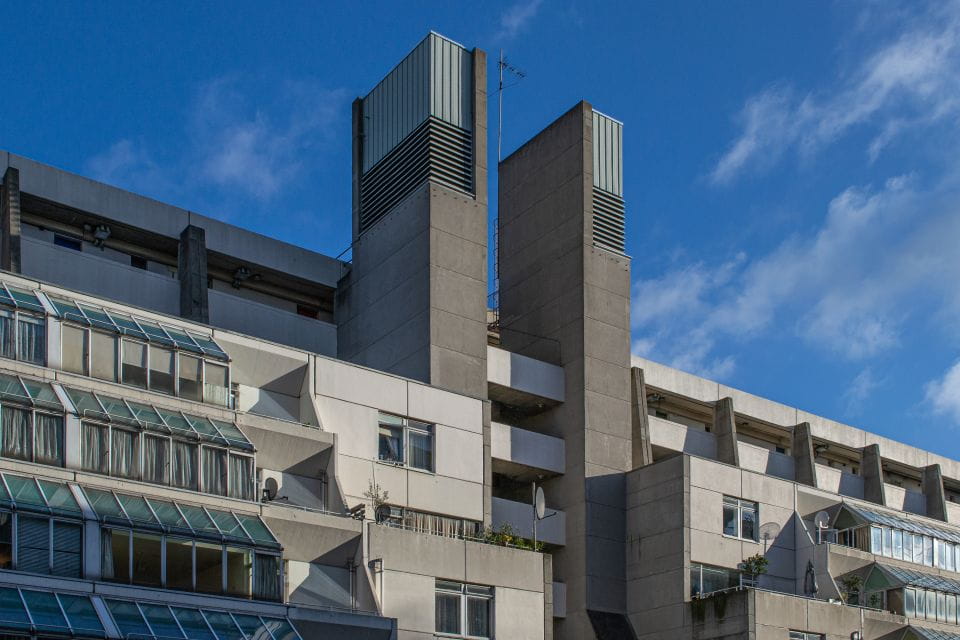
Although the Brutalist Architecture & History Walking Tour offers an immersive exploration of London’s iconic post-war buildings, it may not be suitable for all participants. The tour isn’t recommended for children under the age of 16 or individuals with mobility impairments, as the extensive walking required could prove challenging.
On top of that, the tour may be postponed or canceled due to unfavorable weather conditions, ensuring the safety and comfort of all attendees.
Nonetheless, those who are able to join the excursion can look forward to a captivating and educational experience, delving into the history and significance of Brutalist architecture in the heart of the city.
Participants are required to have enough credit for a one-way tube journey within Zone 1 to cover the public transportation costs.
Weather Considerations
Inclement weather can significantly impact the Brutalist Architecture & History Walking Tour, potentially leading to postponement or cancellation of the event.
Participants should come prepared with appropriate attire and footwear, as the tour will proceed rain or shine, ensuring their comfort and safety throughout the journey.
London’s unpredictable climate means tour organizers monitor weather forecasts closely and communicate any changes to participants in a timely manner.
While a light drizzle won’t dampen the enthusiasm, heavy rain or snow could make navigating the city’s streets and viewing the architectural marvels more challenging.
Participants are encouraged to check the forecast and pack accordingly to fully enjoy this immersive exploration of Brutalist design in the heart of London.
Frequently Asked Questions
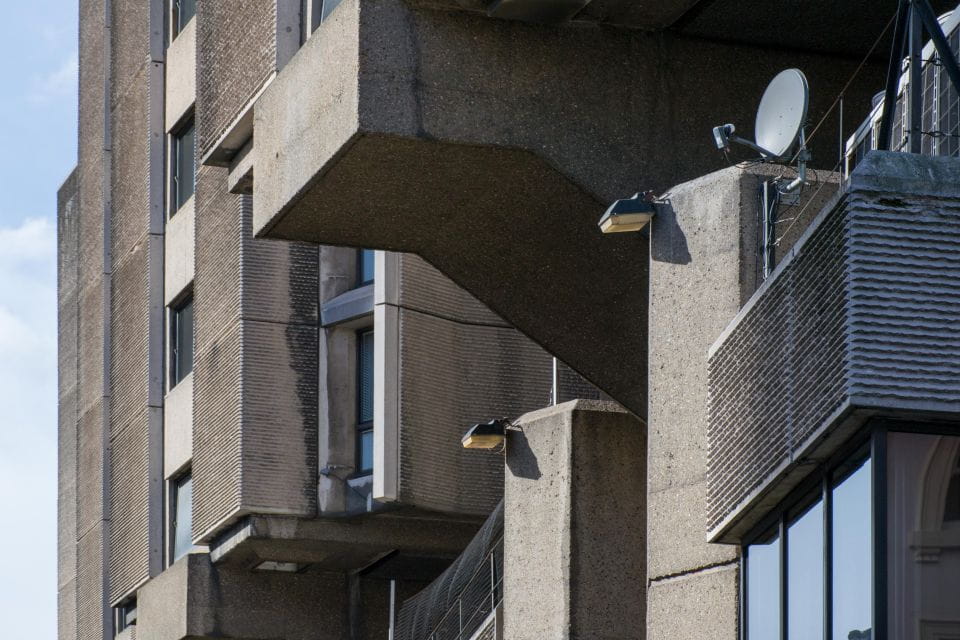
Can We Bring Our Own Snacks and Drinks on the Tour?
Participants are welcome to bring their own snacks and drinks on the tour. Refueling with personal provisions can help keep energy levels high as you explore the city’s captivating Brutalist architecture. Just be mindful of any litter or waste.
What Is the Dress Code for the Walking Tour?
The tour doesn’t have a strict dress code, but participants should wear comfortable walking shoes and dress for the weather. Layers are recommended, as the 2.5-hour walking tour takes place outdoors. Casual, practical attire is ideal for this engaging architectural exploration.
Do We Need to Book Tickets in Advance or Can We Pay on the Day?
Tickets can be purchased on the day of the tour, though booking in advance is recommended to secure your spot. Walk-up tickets are available, but spaces may be limited, so pre-booking ensures a hassle-free experience.
Is There a Maximum Group Size for the Shared Tour Option?
The shared group tour has a maximum size of 15 participants. This allows the guide to provide a more personal and engaging experience, ensuring everyone can ask questions and fully enjoy the captivating Brutalist architecture across Central London.
Can We Get a Refund if We Need to Cancel Our Booking?
The tour provider offers a flexible cancellation policy. Participants can receive a full refund if they cancel their booking at least 24 hours in advance. This allows for last-minute changes in plans without penalty.
Recap
The London: Brutalist Architecture & History Walking Tour is a must-experience exploration of the city’s iconic concrete landmarks.
Visitors will be captivated by the dramatic forms and global influences that shaped this bold architectural movement, while capturing stunning photographs of the interplay of light and shadow.
Whether a Brutalist aficionado or simply curious about this unique design era, this tour offers an immersive and enlightening journey through London’s architectural past and present.
More Walking Tours in London
More Tours in London
More Tour Reviews in London
Not for you? Here's more things to do in London we have recnetly reviewed
- London: Old City Walking Tour
- London: Private Flying-dress Photoshoot @jonadress
- Dragaoke – Drag Hosted Karaoke!
- London: British Museum Private Tour & Tickets Included
- London: The Magician’s Table – Up-Close Magic Show
- London: British Museum Highlights: Private Tour
- Tour a Piedi di Harry Potter a Londra
- London: The Great British Rock and Roll Music Walking Tour
- London: Christmas Lights Tour – With Christmas Music
- City(Tower) of London by LE GRAND – London’s Luxury Bus Tour
- Orpington: Silver Ring Making Workshop
- Secret Old London Walking Tour
